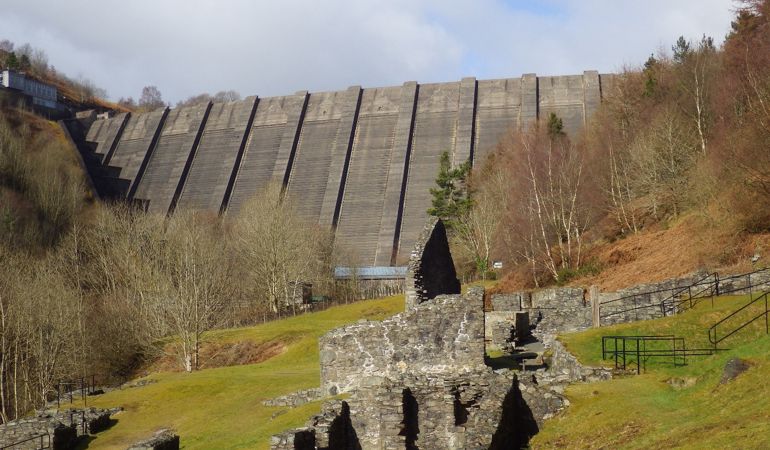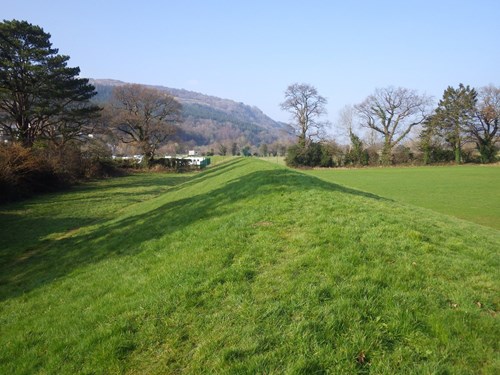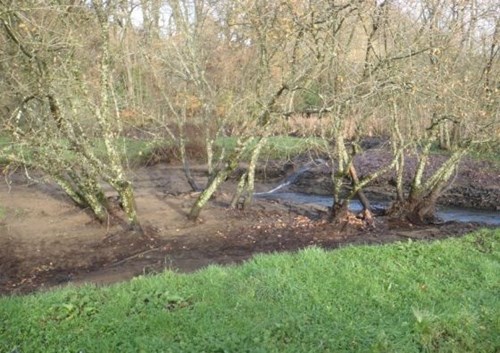Guidance for owners and operators

The law that governs how reservoirs are regulated changed on 1 April 2016.
This information is provided to help you:
There are three important changes:
- Some reservoirs will be brought into regulation for the first time
- Some reservoir owners/ operators will benefit from reduced regulation
- Incidents that affect the safety of a reservoir must be reported to us
Wales is well known for its reservoirs and dams, which have an average age well over 100 years. The Reservoirs Act 1975 exists to protect public safety by reducing the risk of an uncontrolled release of water from large raised reservoirs and the potentially catastrophic flooding this can cause. Our purpose is to ensure that undertakers observe and comply with the law, and in doing so to provide reassurance to the people who live and work downstream that reservoirs are kept in a safe condition.
What is a large raised reservoir?
The Reservoirs Act 1975 only applies to large raised reservoirs and these are regulated by us.

A raised reservoir needs a dam, embankment or other structure to hold water above natural ground level, but they are not always obvious and do not always have water in
- a dam, embankment, wall or other structure is designed or used for collecting and storing water, and
- the raised structure is capable of holding 10,000 cubic metres, or more, above the natural level of any part of the surrounding land
Water would escape if the raised structure was removed. Water which is stored below ground level that cannot escape is not included within the capacity calculation.
10,000 cubic metres is approximately 2.2 million gallons, and roughly equivalent to four Olympic sized swimming pools. The surface area multiplied by the height of dam or embankment will provide an initial indication of its capacity. For example, a reservoir which measures 100 x 100 metres with an embankment 1 metre high may hold 10,000 cubic metres if all the sides are vertical. We recommend a professional opinion be sought if you have any doubt as how to calculate capacity.
Reservoirs are often referred to by different terms and have a wide variety of uses, these could include:
- Water storage
- Irrigation ponds
- Waste lagoons
- Ornamental lakes
- Recreation/ amenity
- Flood storage areas
- Hydropower generation
The term reservoir includes all dams, embankments or other structures that retain water, as well as the wetted area. This is important if there is more than one owner or operator of the reservoir – see the section “Who or what is an undertaker?"
Empty, silted-up and disused reservoirs
 Figure 1. Although a lot of silt has built up in this reservoir – enough for trees to grow – the legal capacity remains the same, unless a engineer certifies it differently.
Figure 1. Although a lot of silt has built up in this reservoir – enough for trees to grow – the legal capacity remains the same, unless a engineer certifies it differently.
Empty or disused reservoirs which have a capacity of 10,000 cubic metres of water or more may still be liable to regulation and you should contact us for more information.
Some reservoirs contain substantial amounts of silt, so that the volume of water is greatly reduced and may be below 10,000 cubic metres. Unless a qualified civil engineer has provided a certificate as a part of construction, alteration or discontinuance work, then the silt must be included as though it is water and the original capacity is unchanged
High risk reservoirs
A high risk reservoir is one which in the event of an uncontrolled release of water, could endanger human life. We have a duty to consider whether large raised reservoirs are high risk. More information is provided in the section “Risk Designation”.
Who or what is an undertaker?
“Undertaker” is the legal term used to identify who manages and controls the use of the reservoir, and is responsible for maintaining compliance with the law. The undertaker is the person, people or company that uses a reservoir for a particular purpose. If there is no use, the owners or lessees are the undertakers. The operator may be different from the owner.
If several people or organisations manage and control the reservoir, there can be more than one undertaker. It is important that you define the extent of your responsibilities and preferably have this as a written agreement.
We want to work together with reservoir undertakers to reduce the risk of dams failing. If you have questions regarding reservoir safety, need to register a reservoir or report an incident, read the guidance provided here or contact our reservoir safety team:
By phone: 0300 065 4299
By email: reservoirs@naturalresourceswales.gov.uk
By post: Natural Resources Wales
Reservoir Safety Team
Tŷ Cambria
29 Newport Road
Cardiff
CF24 0TP
